Silicon Valley loves patting itself on the back for “disrupting” industries with groundbreaking innovations. Meanwhile, our ancestors were building computers that predicted eclipses, creating concrete that gets stronger with age, and powering cities with renewable energy—all without burning through investor cash like a crypto startup. Exploring ancient technologies reveals how early civilizations achieved feats that still baffle modern experts, setting the stage for the innovations discussed here.
Ancient engineers solved complex problems with elegant solutions that make today’s planned obsolescence look like a scam. Some techniques remained lost for centuries before we finally caught up. Others work so perfectly that modern “improvements” are like adding NFTs to a working system.
Time to give credit where it’s due and see what innovation looks like without Silicon Valley hype. For readers interested in the detailed history and reconstruction of this device, the Antikythera mechanism history page provides expert insights and interactive models.
22. A Palace Built on a 660-Foot Rock Column

Sigiriya Fortress features hydraulic systems that still function after 1,500 years. The water gardens use precise pressure mechanics to create gravity-fed fountains—no pumps required.
The complex includes swimming pools, symmetrical gardens, and massive cisterns that capture and distribute rainwater. The fountains still activate during rainy season, demonstrating engineering precision that survived 15 centuries of tropical weather. Today’s sprinkler systems need replacement every decade. Sigiriya’s water gardens showcase ancient Sri Lankan mastery of hydraulic engineering, with gravity-powered fountains and irrigation systems still functioning today. For more details, see Sigiriya hydraulic engineering.
21. Korea’s 15th-Century Rocket Launcher System

The Hwacha fired up to 200 rocket-propelled arrows simultaneously, creating devastating area-of-effect firepower that could decimate enemy formations. Each rocket traveled up to 2,000 feet, operated by just two people.
This 15th-century weapon delivered firepower equivalent to 200 individual archers from a single platform. The mass-fire principles wouldn’t become standard in warfare until the 20th century. Korean engineers were building rocket artillery while Europe was still perfecting crossbows. The Hwacha is one of many ancient gadgets that showcase the ingenuity of early engineers, highlighting the advanced technology of past civilizations.
20. Ancient Greek Long-Distance Communication

Two thousand years before Morse code, Greeks developed a hydraulic telegraph transmitting complex messages over long distances. The system used identical water-filled vessels with calibrated floats and marked rods at sender and receiver stations.
Torch signals coordinated water flow timing, allowing transmission of pre-arranged messages with remarkable accuracy across mountains and valleys. It’s analog data transmission without electricity or radio waves.
19. Desert Aqueducts That Still Work After 1,500 Years
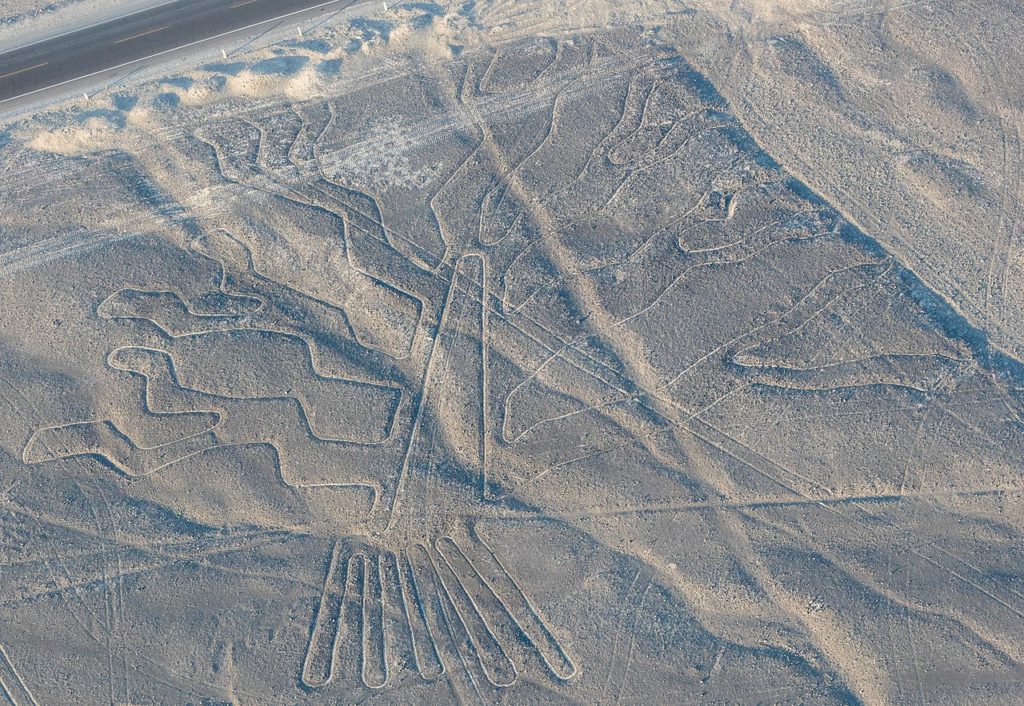
Nazca people built underground aqueducts in Earth’s driest deserts that function perfectly without any maintenance. These puquios use spiral-shaped openings to capture wind, forcing air down underground channels and pushing water through the system.
This passive, renewable water management requires no pumps, electricity, or modern materials—just calculated angles and fluid dynamics understanding. While California struggles with water management, these ancient aqueducts keep delivering in regions getting less than an inch of rain annually.
18. Glass That Changes Color With Light

Roman glassmakers created dichroic glass appearing green in reflected light but ruby red when light passes through. Modern analysis revealed the secret: gold and silver nanoparticles precisely distributed at 50 nanometers.
This nanotechnology was created 1,600 years before electron microscopes made such particles visible. Roman artisans manipulated materials at quantum scales without understanding the physics involved. We’ve only recently learned to work at this level.
17. Bronze Age Astronomical Computer

The Nebra Sky Disc is humanity’s oldest concrete depiction of cosmic phenomena. This bronze disc accurately maps celestial objects and demonstrates an understanding of the 19-year cycle synchronizing lunar and solar calendars.
The 12-inch disc features gold inlays representing the sun, moon, and stars, including the Pleiades cluster. Analysis confirms it could determine planting seasons and predict solar and lunar cycles with remarkable accuracy. It’s a Bronze Age astronomical computer created 3,600 years ago.
16. The World’s First Earthquake Detector

Zhang Heng’s seismoscope detected earthquakes hundreds of miles away and indicated their direction. The bronze vessel featured eight dragons holding balls above toads’ mouths around its perimeter.
When seismic waves reached the instrument, an internal pendulum dislodged one ball, which fell into the corresponding toad’s mouth with a clang, indicating earthquake direction. Modern replicas confirm the device works as described, predating modern seismographs by 1,700 years. For a detailed explanation of its design and legacy, visit Zhang Heng’s seismoscope history.
15. Roman Water Distribution Without Pumps

Roman engineers in Nîmes built a water distribution system maintaining consistent pressure across an entire city without mechanical pumps. This splitting tank divided aqueduct flow into three precisely measured channels feeding different neighborhoods.
The system automatically adjusted for varying water levels while maintaining pressure throughout the network. Stone-cut channels ensured equitable distribution without computers, sensors, or regulators—just masterful fluid dynamics understanding.
14. Windmills That Run for 1,000 Years
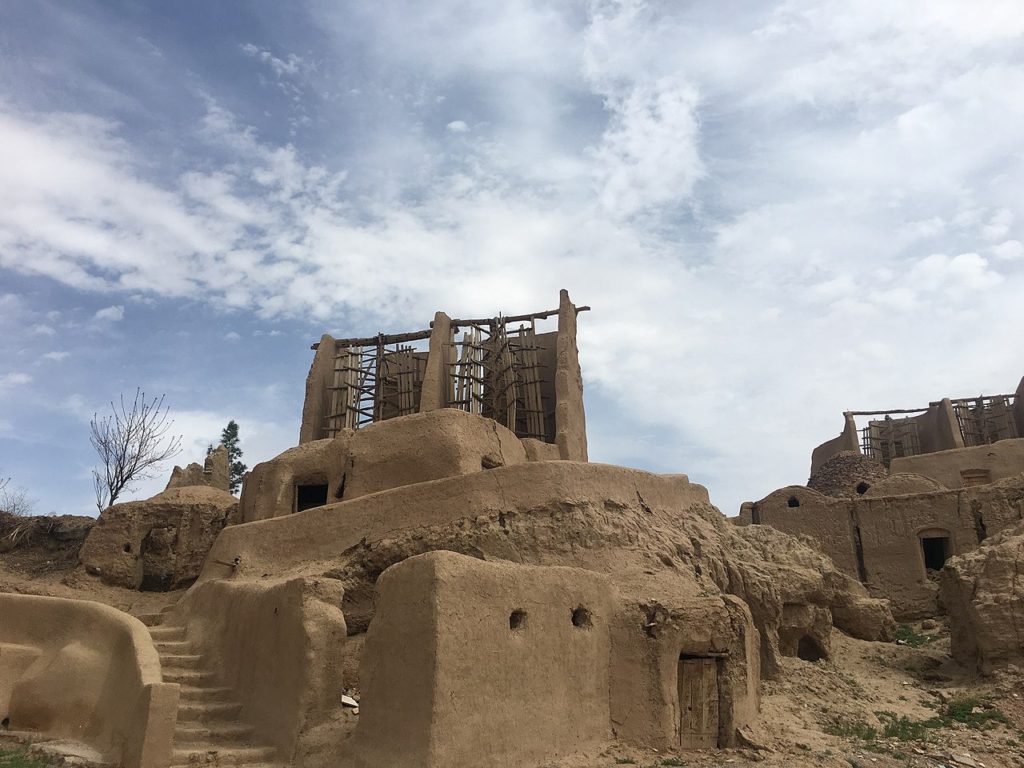
These vertical-axis windmills have operated continuously for over 1,000 years, grinding grain without a single modern part. The vertical design perfectly adapts to the region’s consistent “120-day wind.”
Wooden mechanisms transfer wind energy directly to grinding stones through remarkably efficient design requiring minimal maintenance. Modern wind turbines last 20-25 years with regular servicing, while these ancient Iranian windmills functioned for centuries with basic repairs.
13. Tesla’s Wireless Power Transmission
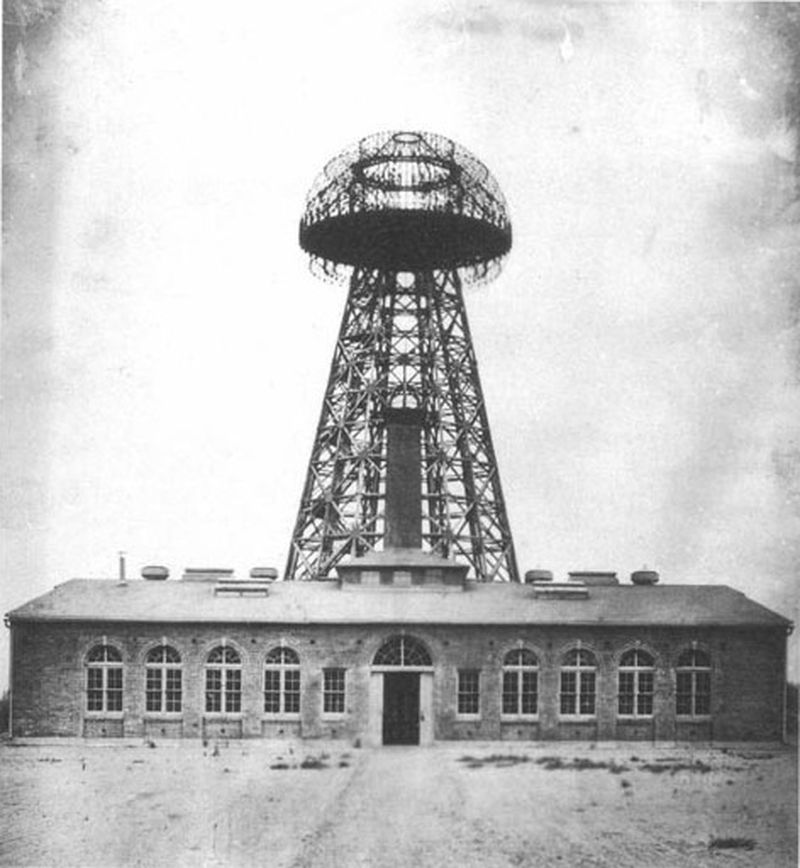
Before Qi chargers existed, Tesla demonstrated wireless power transmission across significant distances. His Wardenclyffe Tower aimed to provide wireless electricity to the entire planet using Earth as a conductor.
Tesla successfully lit bulbs across his laboratory without wires, describing principles we’re only now implementing in limited applications. Financial backing disappeared when investors realized they couldn’t meter wireless power—technological progress taking a backseat to profit potential. For a detailed look at the science and vision behind this project, visit Wardenclyffe Tower wireless energy.
12. The Temple That Predates Everything We Know

Göbekli Tepe was built 7,000 years before Stonehenge by hunter-gatherers who hadn’t invented pottery, metallurgy, or writing. The site features massive T-shaped pillars weighing up to 16 tons, arranged in precise circles with intricate animal carvings.
This complex upends our understanding of prehistoric capabilities, suggesting advanced social organization existed before agriculture. The precision stone cutting and transportation remain mysterious—all accomplished without metal tools, draft animals, or wheels. Someone built a cathedral before inventing the church. For more on its discovery, excavation, and global impact, explore the Göbekli Tepe archaeological site.
11. Roman Concrete Gets Stronger With Age

Roman harbors have survived 2,000 years of constant ocean battering. The secret? Volcanic ash mixed with lime and seawater creates a chemical reaction that strengthens over time.
Unlike modern concrete that deteriorates when seawater penetrates, Roman concrete incorporates saltwater into its crystalline structure. We’ve only recently figured out their formula, and we’re still working on replicating it at scale. It’s like discovering your great-grandfather’s homemade pasta sauce is somehow better than anything you can DoorDash at 2 AM. For a breakdown of these findings, see Roman concrete durability research.
10. Vikings Used Quantum Physics to Navigate

Viking navigators determined the sun’s position on completely overcast days using Iceland spar crystals. These natural polarizing filters detected sunlight direction by observing how the crystal split light into two distinct beams with different intensities.
Recent experiments confirm these “sunstones” worked with remarkable accuracy—within 1-3 degrees even in heavy fog. Vikings rotated the crystal until both light beams appeared equally bright, indicating the sun’s exact direction. They were using quantum optical properties to cross the Atlantic while Europe was afraid to sail beyond the WiFi range of land.
9. The World’s First Computer Wasn’t Built in Silicon Valley
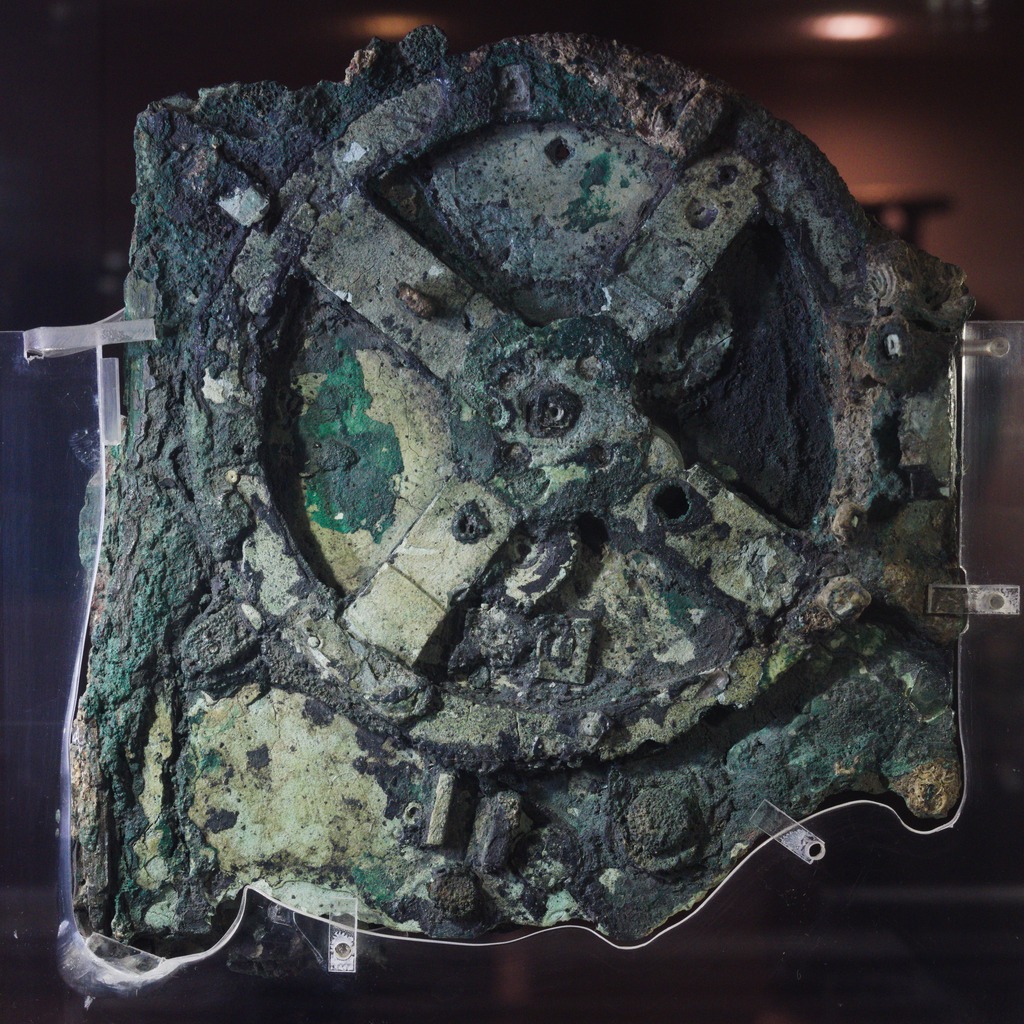
The Antikythera Mechanism from 100 BCE makes your iPhone’s constant battery anxiety look pathetic. This bronze astronomical calculator predicted planetary positions, solar eclipses, and Olympic games with accuracy that wouldn’t be matched until the 1700s.
Found in a Greek shipwreck, this analog computer used at least 30 precisely cut gears to track celestial movements. Modern X-ray analysis revealed inscriptions so tiny they rival Apple Watch mechanisms. While you’re celebrating your smartwatch counting steps, ancient Greeks were wearing mechanical predictors of cosmic events that never needed charging.
8. The First Functional Submarine
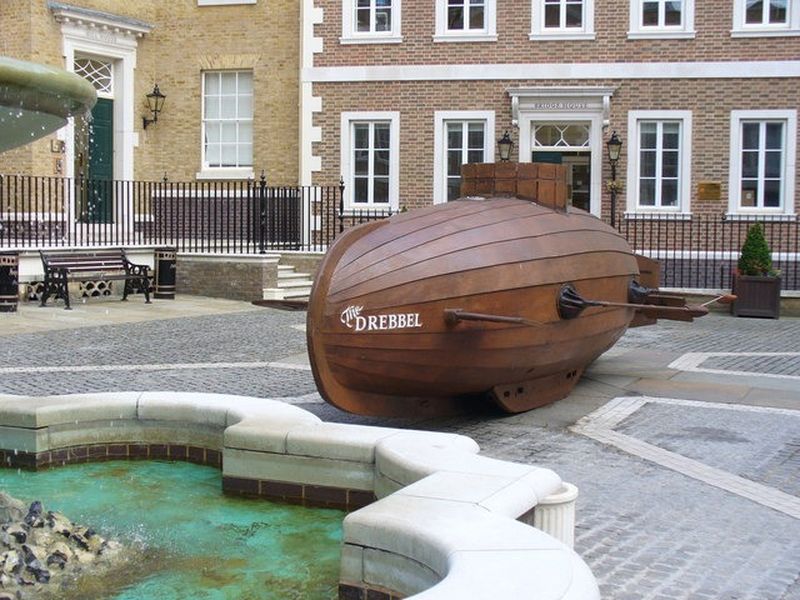
Cornelis Drebbel built a functional submarine for King James I that stayed underwater for three hours—centuries before nuclear submarines. The leather-waterproofed wooden vessel used oars extending through watertight seals and could transport 12 passengers beneath the Thames River.
Most impressively, Drebbel solved the oxygen problem using potassium nitrate pellets that released oxygen when heated—essentially inventing a chemical oxygen generator. The submarine reached depths of 12-15 feet and traveled several miles underwater, demonstrating controlled submersion and surfacing. This was underwater Uber when most people thought sea monsters would eat them for breakfast.
7. Massive Water Wheels Powered by River Current

These water wheels—some 65 feet in diameter—lifted water from rivers to aqueducts 100 feet above using only current power. Wooden machines raised thousands of gallons daily to supply city needs.
The design includes compartments filling at bottom rotation and emptying at top into city channels. Some wheels operated continuously for 800+ years before recent Syrian conflicts damaged them. They’re zero-carbon water delivery running on gravity and flow.
6. Ancient Iraqis Were Generating Electricity Before Volta
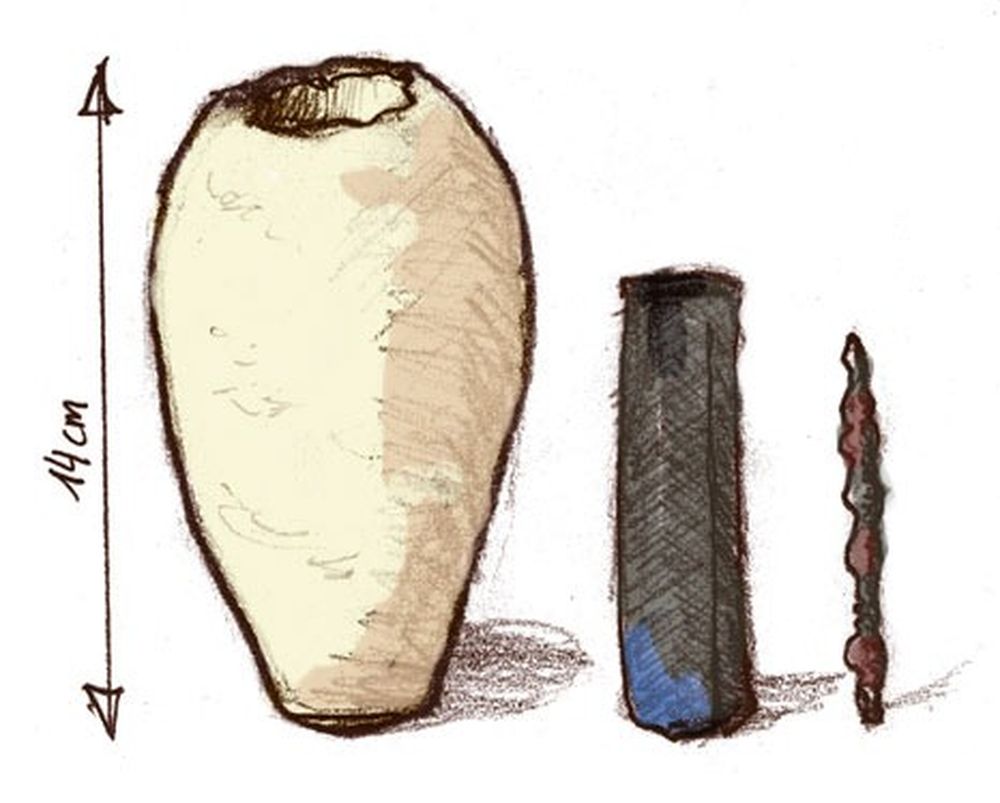
The Baghdad Battery from 250 BCE generated an electrical current 2,000 years before Alessandro Volta got the credit. This clay jar containing a copper cylinder and iron rod produced 1.5-2 volts when filled with acidic liquid—enough to electroplate objects with gold.
Replicas work exactly as described, suggesting these devices were used for pain relief or religious ceremonies. Either way, someone was experimenting with electricity while the rest of the world was still discovering fire. It’s like finding out your grandparents were streaming Netflix before the internet existed.
5. 5,000-Year-Old Irrigation Technology
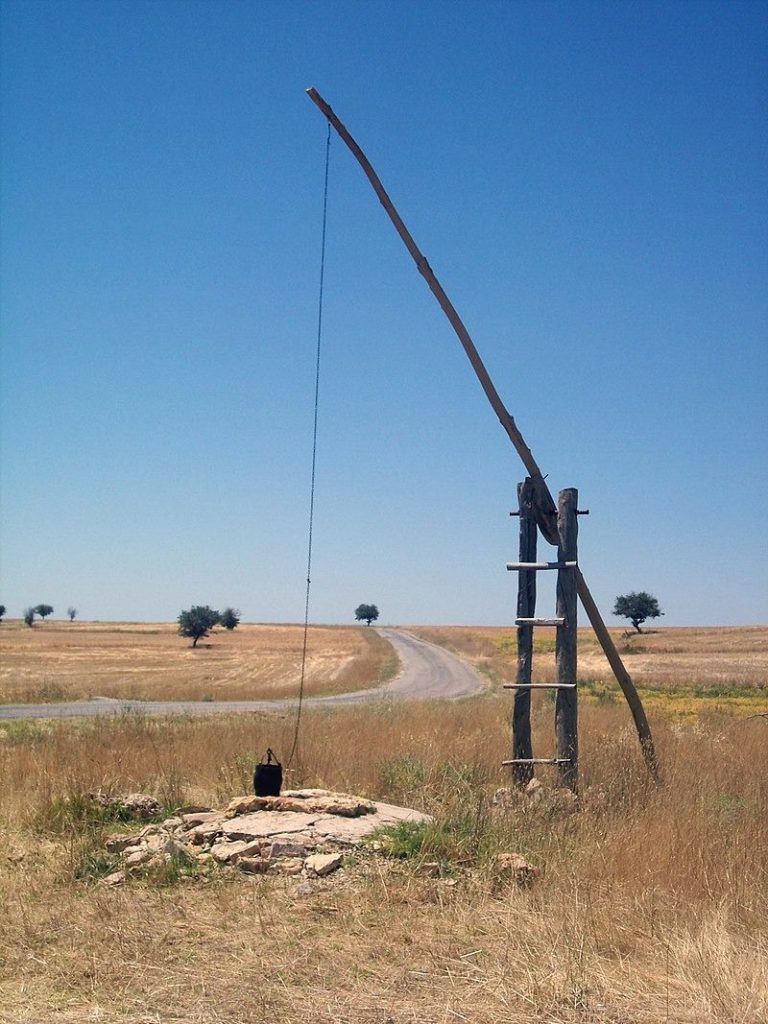
The Shaduf allowed single farmers to move 2,500 pounds of water daily—enough to irrigate a third of an acre. This counterweighted device uses a long pole with bucket and counterweight pivoting on a fulcrum.
The physics are so perfect that operators expend minimal energy, as counterweight does most work. This 5,000-year-old technology spread across three continents and remained the primary irrigation tool until the 20th century. It’s agricultural perfection that barely needed improvement for millennia.
4. Medieval Swords That Modern Science Can’t Replicate

Damascus steel combined incredible hardness with flexibility, featuring distinctive watery patterns that metallurgists couldn’t reproduce until the 21st century. The secret technique was lost around 1750, and modern analysis shows these blades contained carbon nanotube-like structures.
Medieval smiths were engineering nanomaterials centuries before we had words to describe the technology. Today’s materials science is still trying to reverse-engineer what these craftsmen did with fire and hammers—like trying to recreate your mom’s secret recipe from a blurry Instagram story.
3. A Temple Carved From Single Rock

Kailasa Temple wasn’t built—it was carved downward from solid rock, removing an estimated 400,000 tons of stone. The three-story structure features intricate sculptures and massive pillars, created by excavating from the top down.
Modern engineers estimate it would take 100 workers over 20 years using today’s power tools. The original builders used only hammers, chisels, and picks to create architectural precision rivaling computer-aided design. It’s carving the Statue of Liberty from a single stone block using hand tools.
2. Machu Picchu’s Water System Still Works Perfectly

Perched on a mountain ridge, Machu Picchu’s water management system functions flawlessly after 500+ years. The fountains, channels, and drainage maintain consistent flow despite receiving over 6 feet of annual rainfall.
The system includes calculated gradients, porous filtration layers, and earthquake-resistant underground channels. Modern cities struggle with stormwater management while this 15th-century marvel handles extreme mountain weather without a single pump or modern pipe.
1. The Incas Built Climate-Controlled Farms Without Electricity

Moray’s terraced circular site creates microclimates that differ by 27°F between levels—vertical farming that simulates different growing environments. Each terrace has its own microclimate, allowing farmers to experiment with crops from various elevations.
The sophisticated irrigation system maintains ideal conditions while preventing erosion. It’s agricultural research and development without venture capital or LED grow lights. Modern vertical farms spend millions trying to replicate what the Incas achieved with stone and water.





























